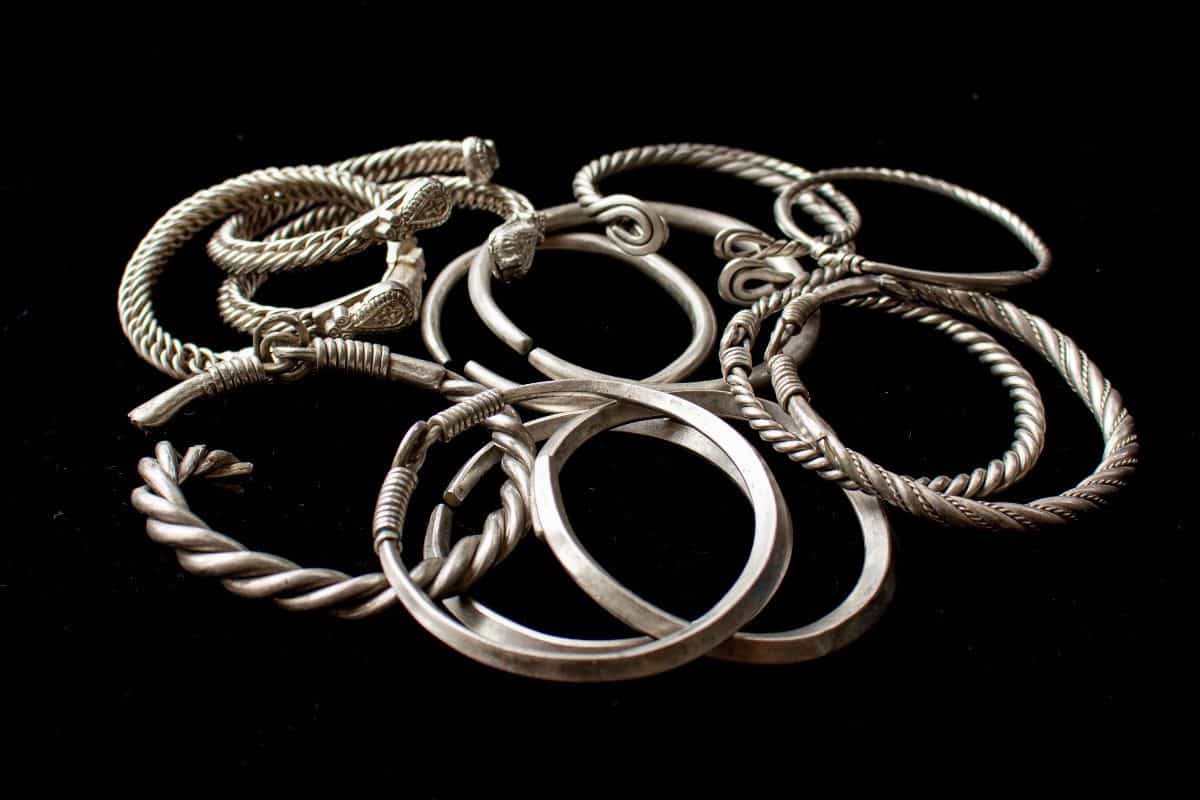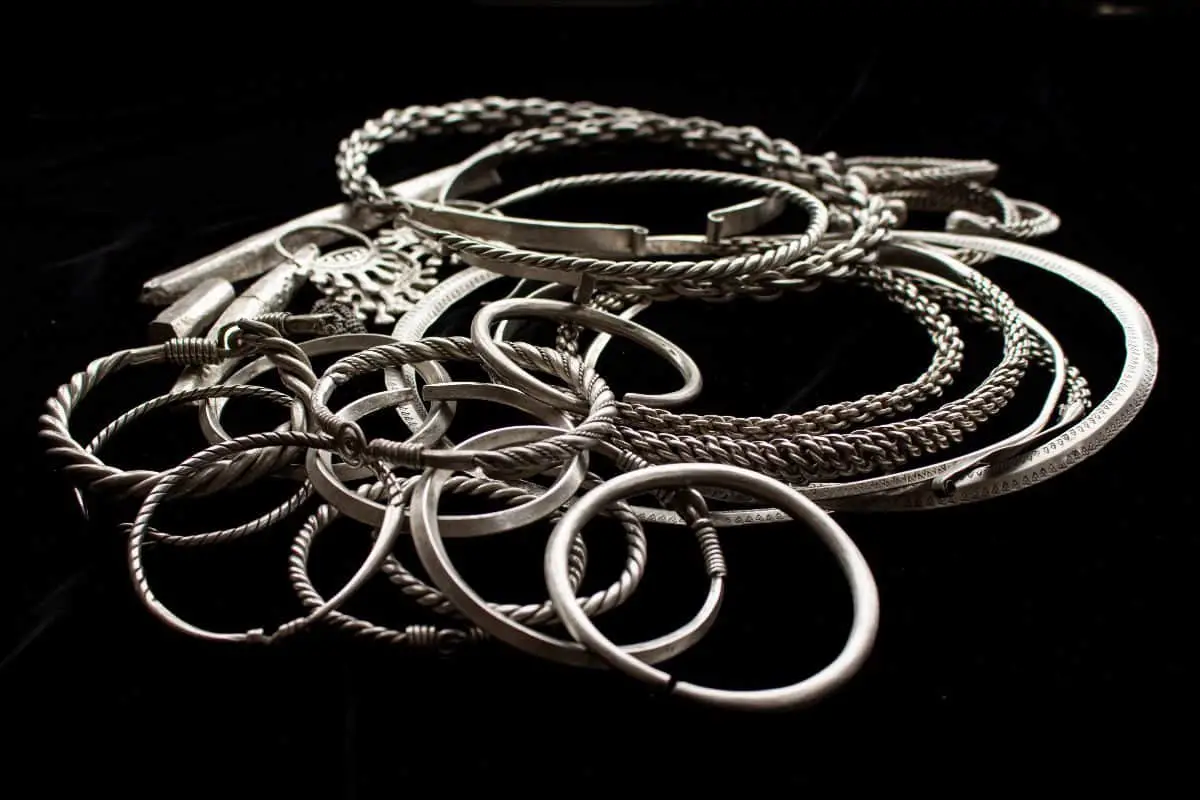Archaeologists from the Russian Academy of Sciences, and the Ryazan Historical and Architectural Museum-Reserve (RIAMZ), have discovered an ornate treasure hoard in the forests near Old Ryazan.
In AD 1237, the city of Old Ryazan (some 50 km from the modern city of Ryazan in the Ryazan Oblast), was besieged by Mongol forces led by Batu Khan (also known as Tsar Batu in Russian historiography). The Mongols stormed the city walls and went on a rampage, plundering and murdering the inhabitants, before razing the city to the ground.
Previous research of Old Ryazan and the vicinity in 1822 has led to the discovery of the Ryazan Barmy treasure, which is currently in the State Armory Chamber of the Moscow Kremlin, along with several other treasure hoards discovered over the following two centuries.

In the latest study in 2021, archaeologists focused on a forested area on the bend of the Oka River, where they discovered 32 items made of silver (now named the Isad treasure), including: neck torcs, bracelets, rings, and Novgorod-type grivnas (a grivna was a currency, as well as a measure of weight used in Kievan Rus’ and other East Slavic countries).
Preliminary dating of some of the hoard items fits into the end of the 11th to the first half of the 12th century AD, and likely represents the accumulated wealth of the individual that deposited them.

Igor Strikalov of the Institute of Archaeology of the Russian Academy of Sciences said: “The appearance of the objects of the Isad treasure allows us to attribute the time of its concealment to the early history of Old Ryazan, in which there are still many blank spots. The Isad treasure is clearly older than the Old Ryazan treasure, it includes other types of ornaments made in a simpler technique and in a more archaic manner.
After careful study, the treasure will be transferred to the Ryazan Historical and Architectural Museum-Reserve, where it will take its place among other masterpieces of ancient Russian jewelry art.”
Header Image Credit : Максим Панкин







